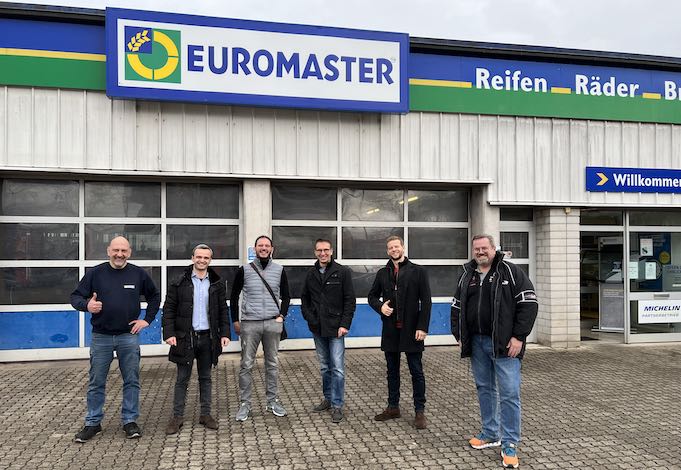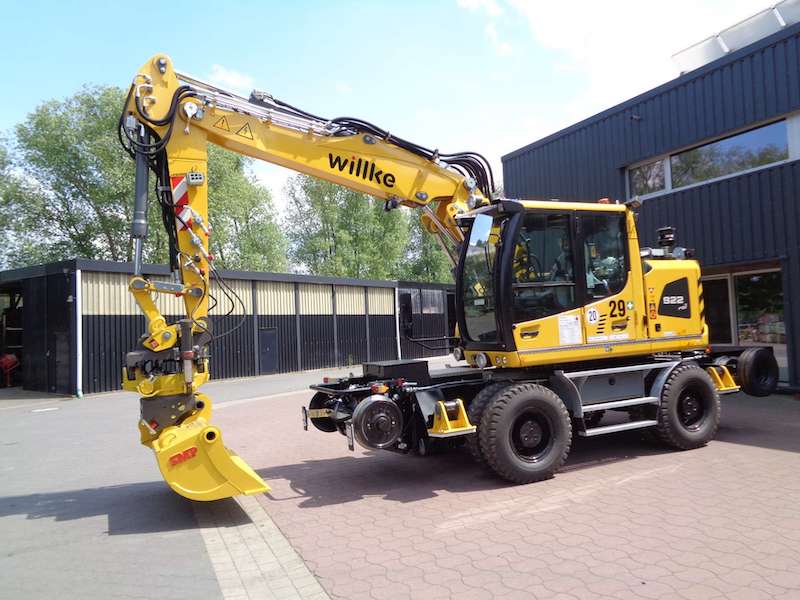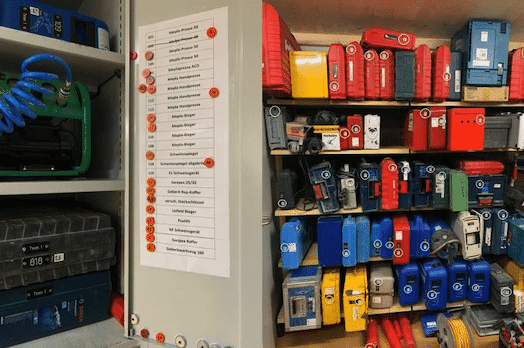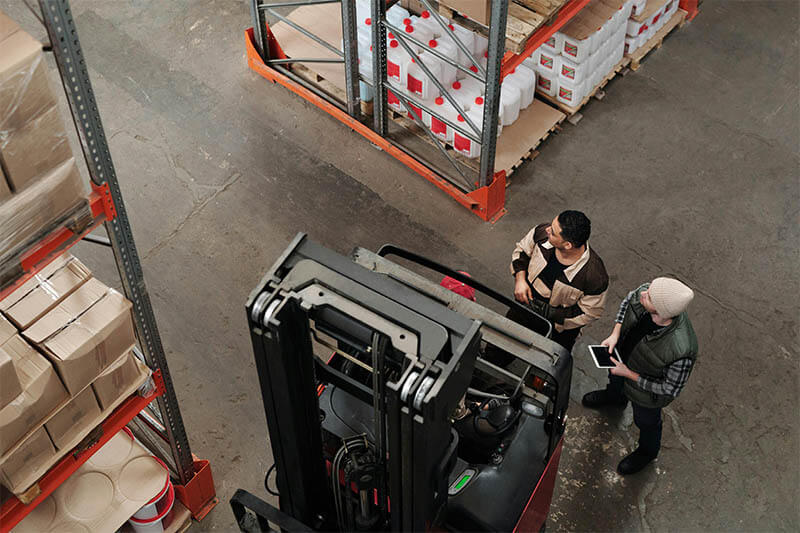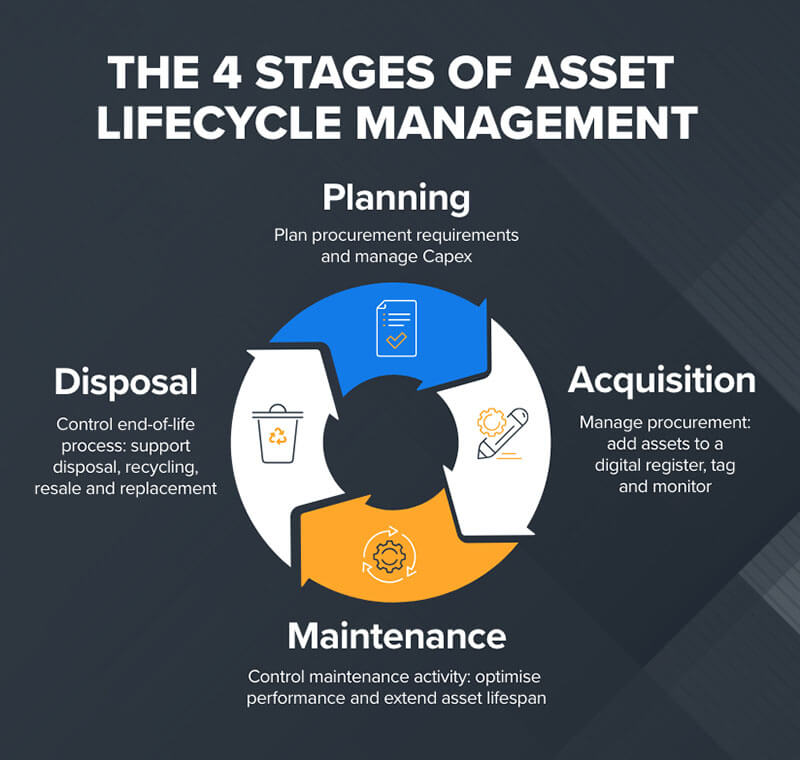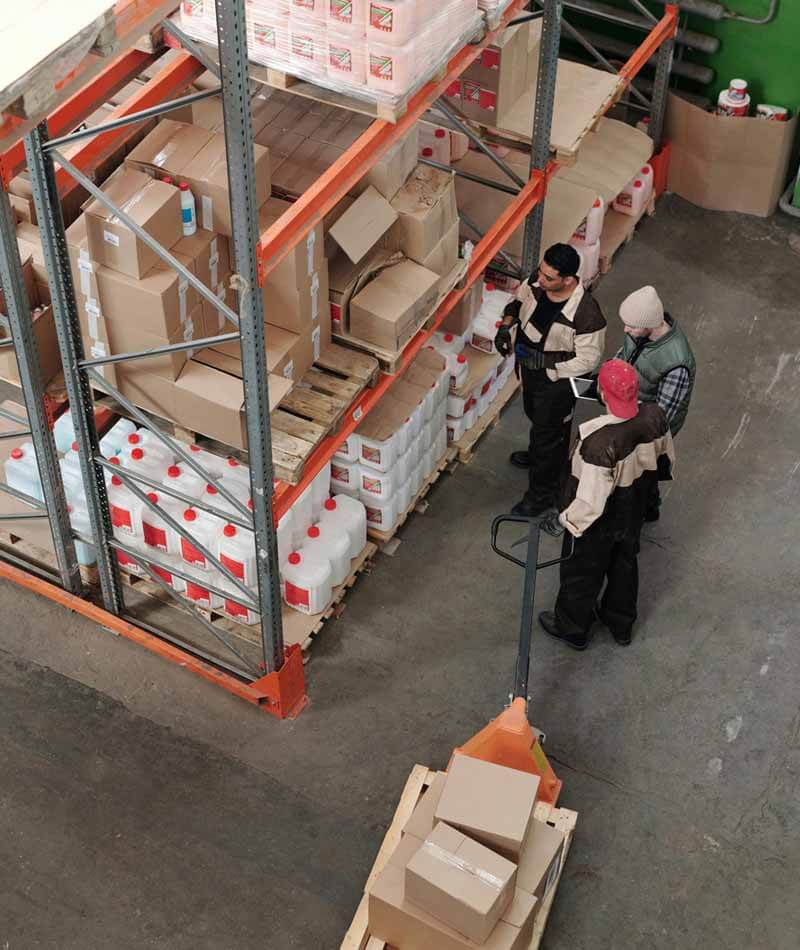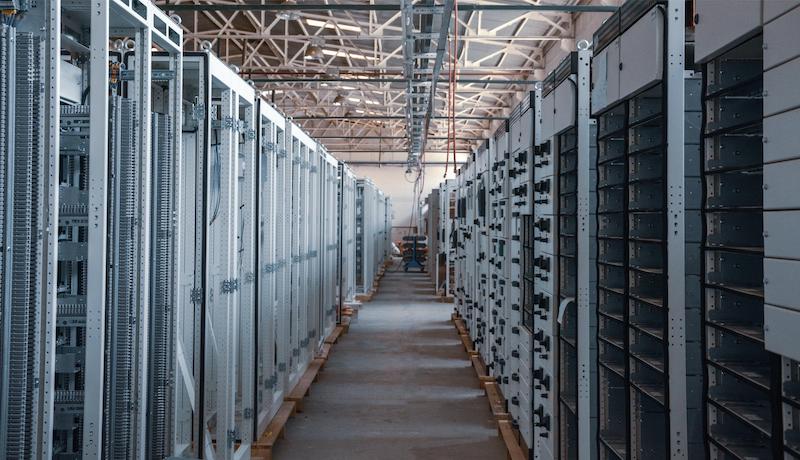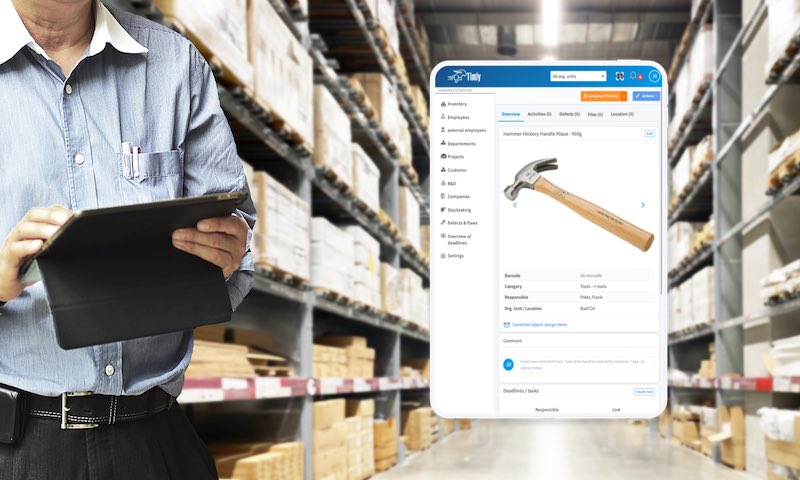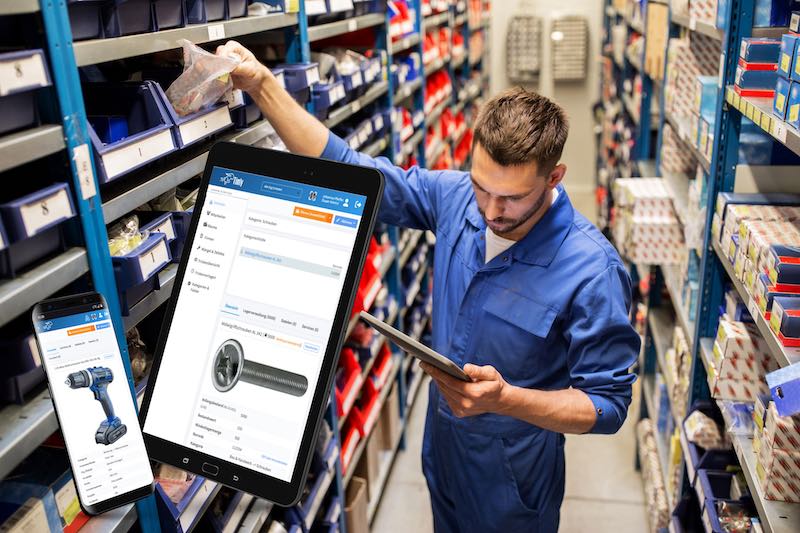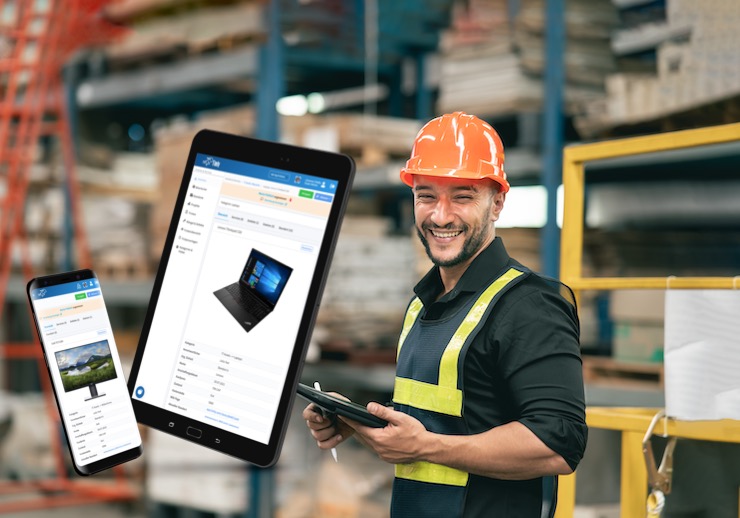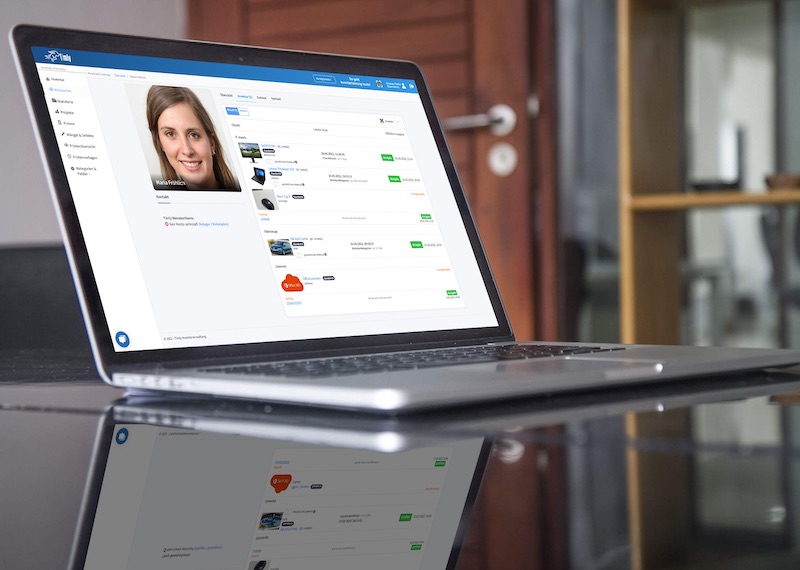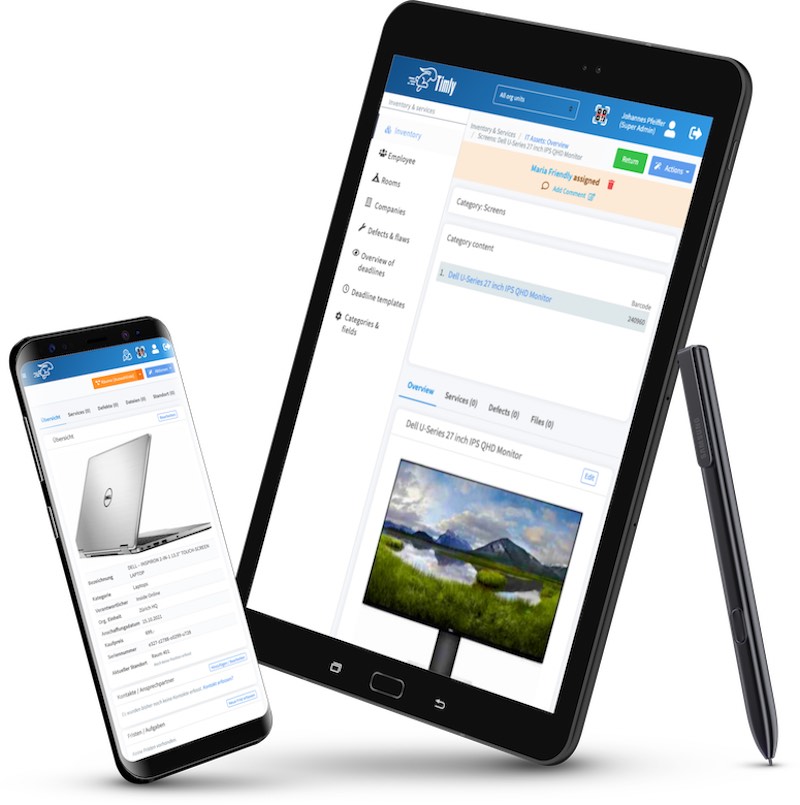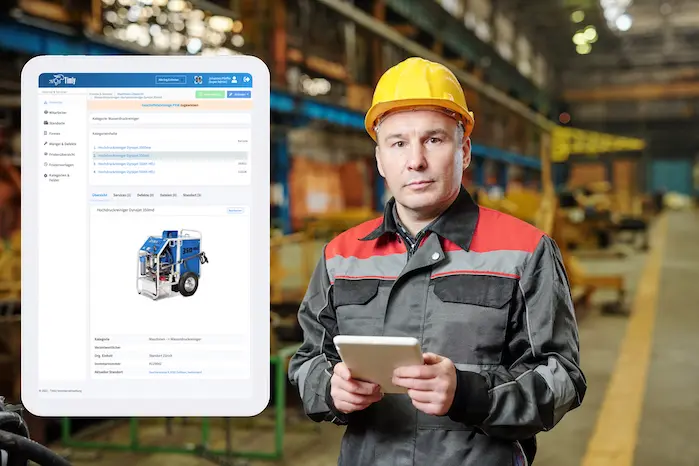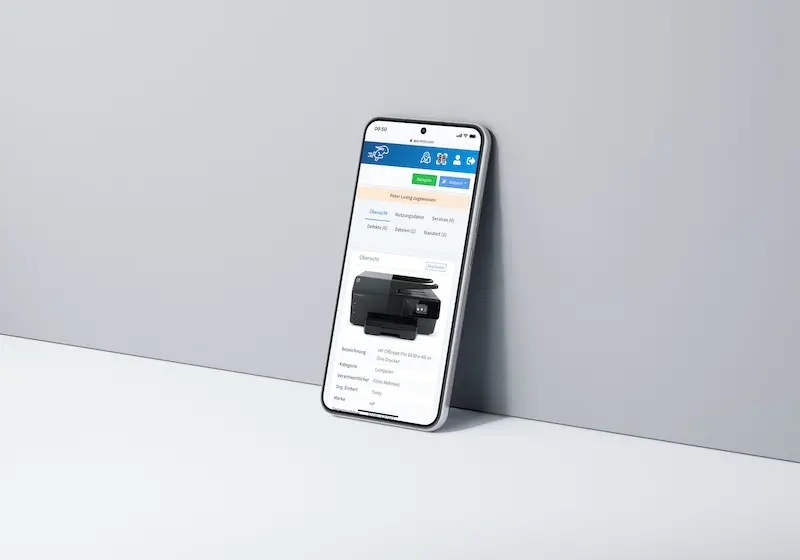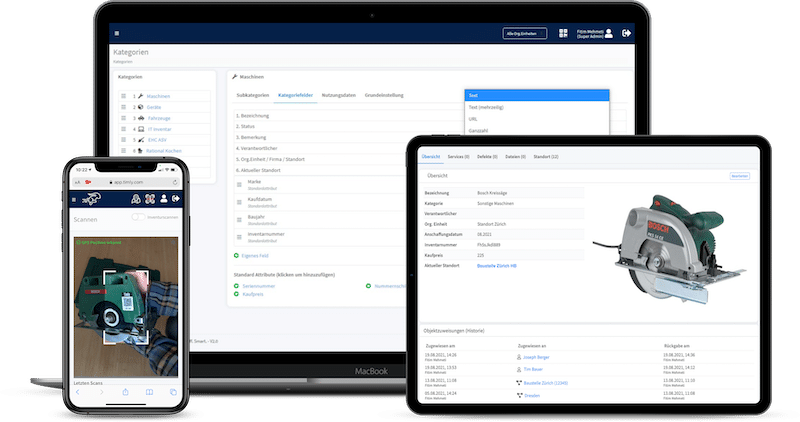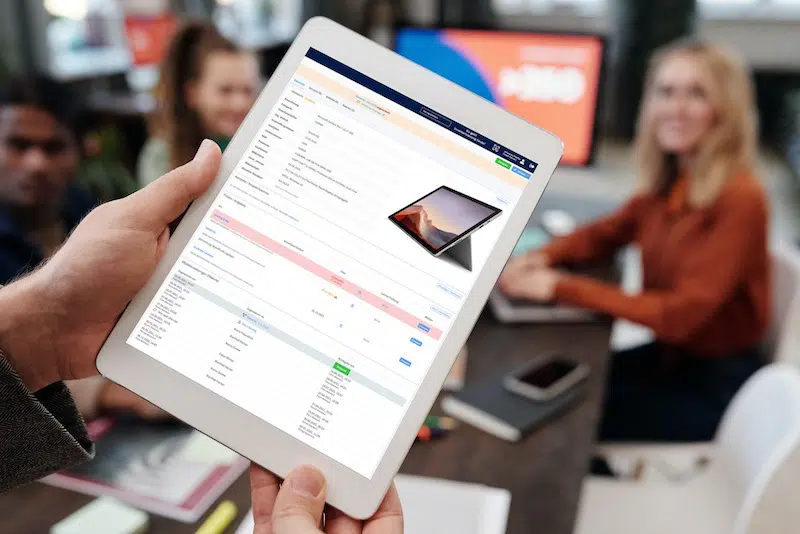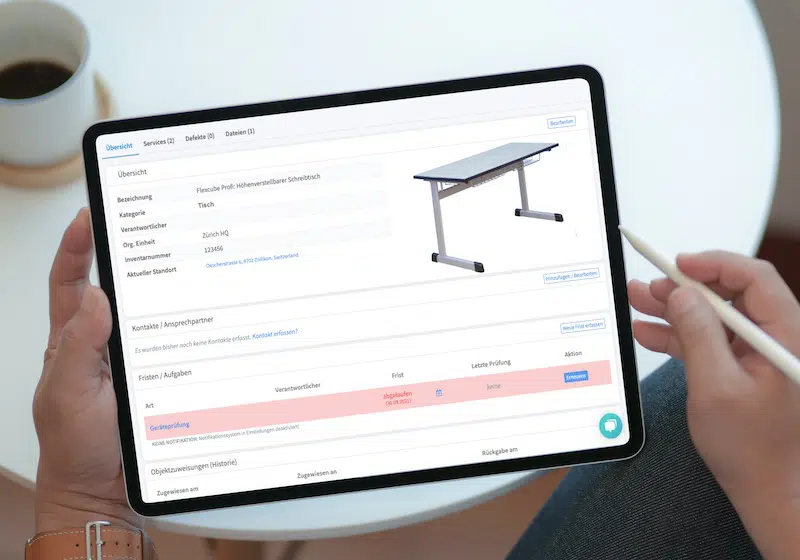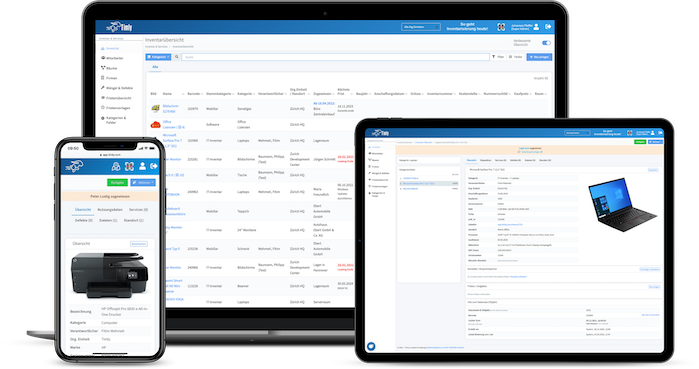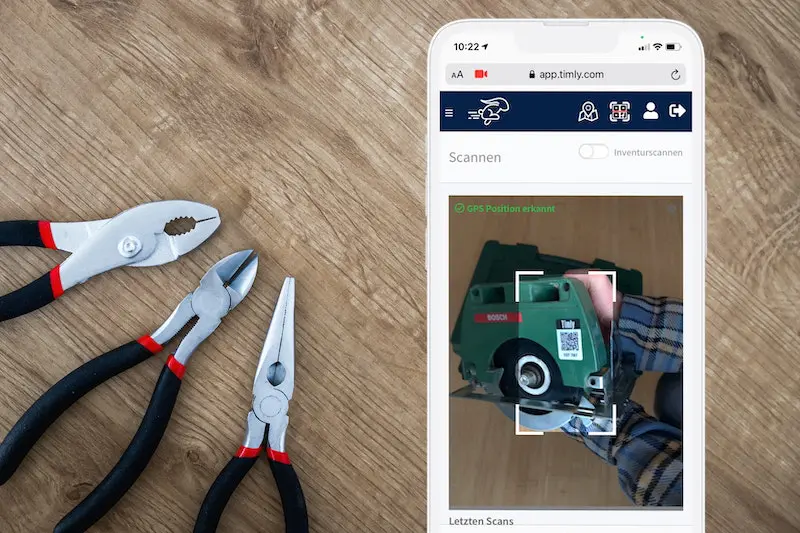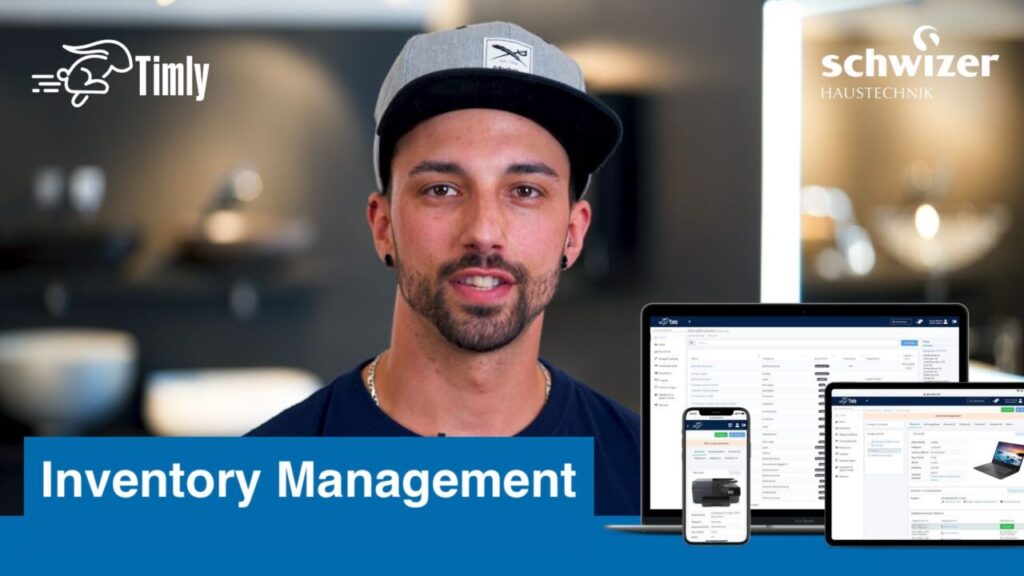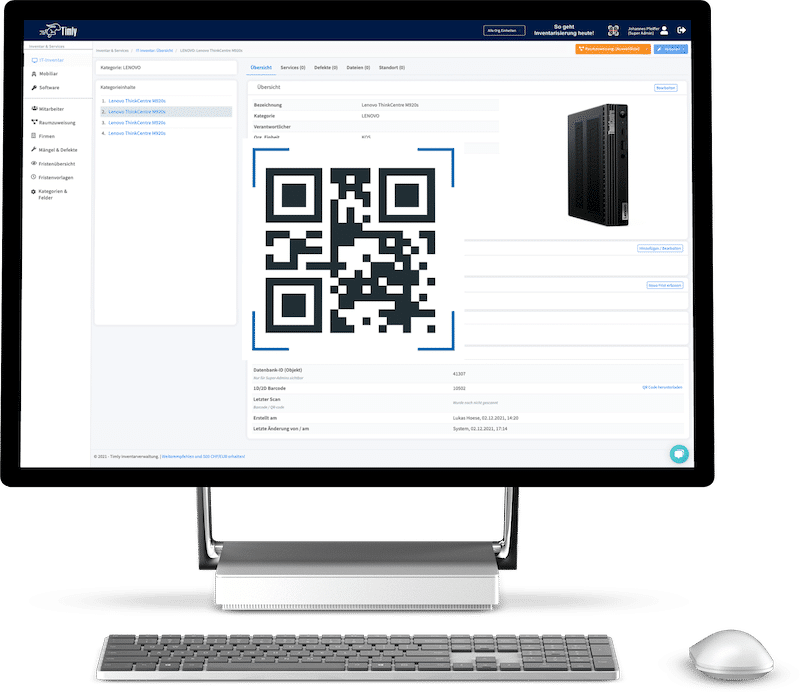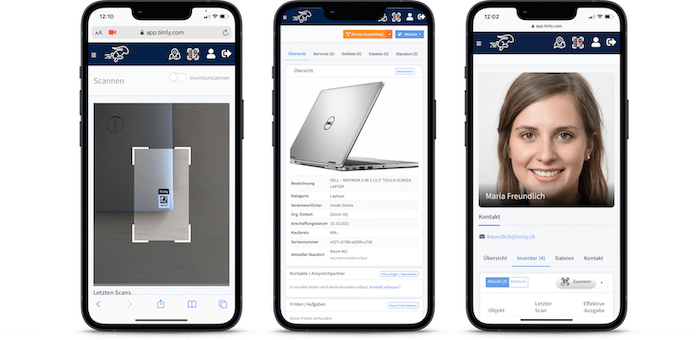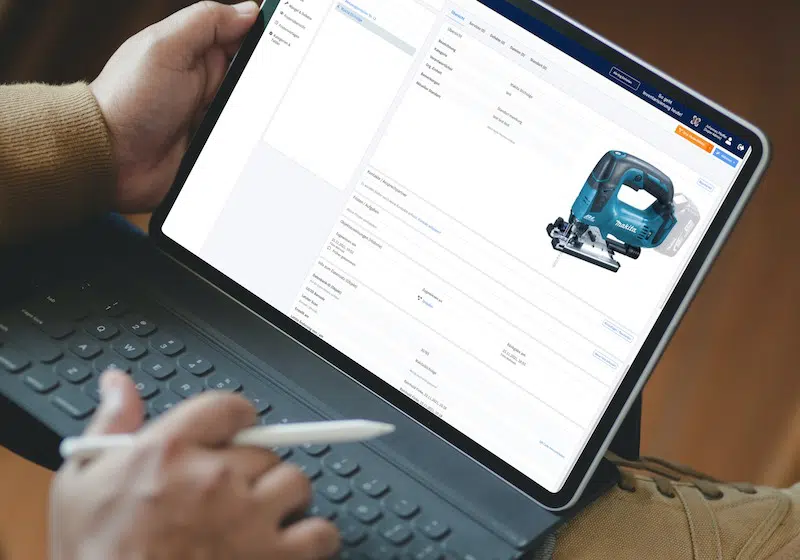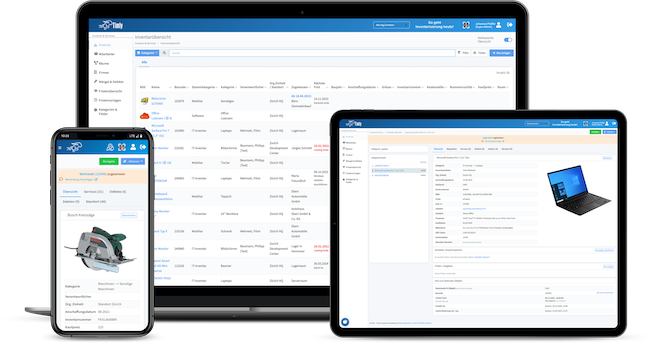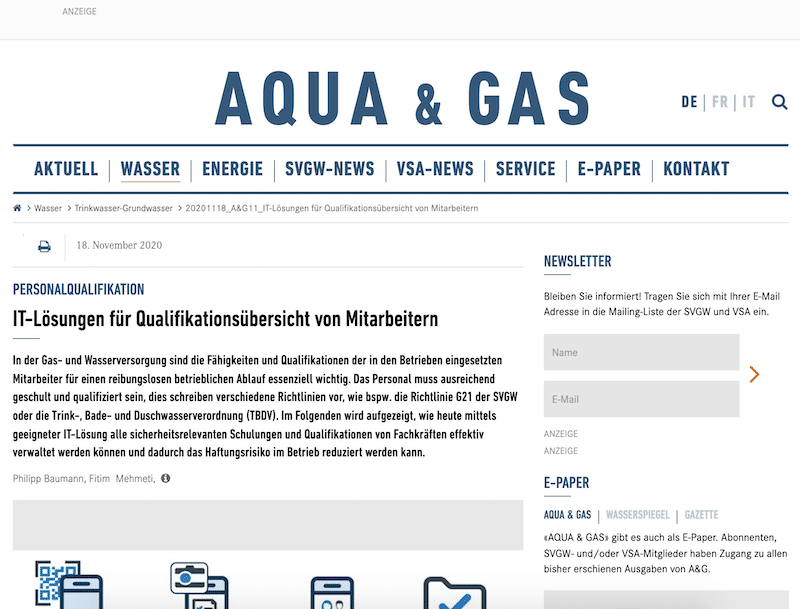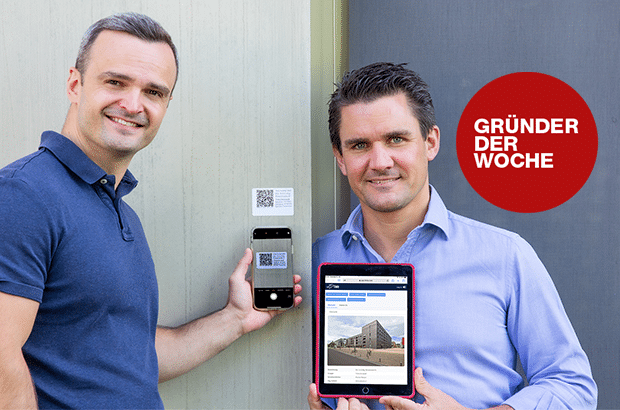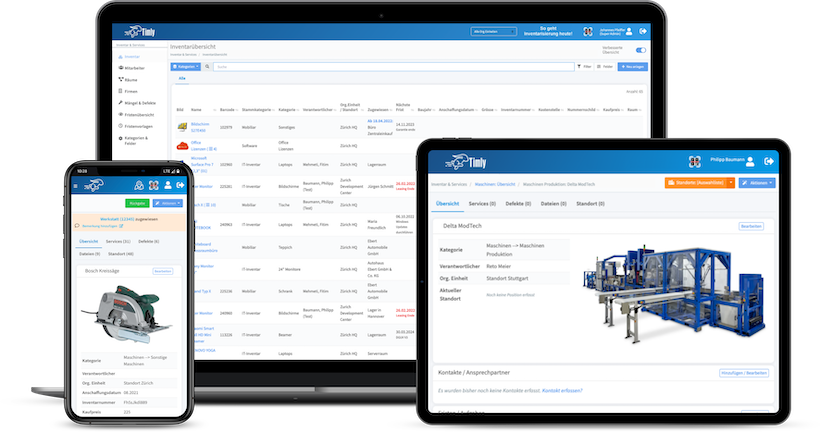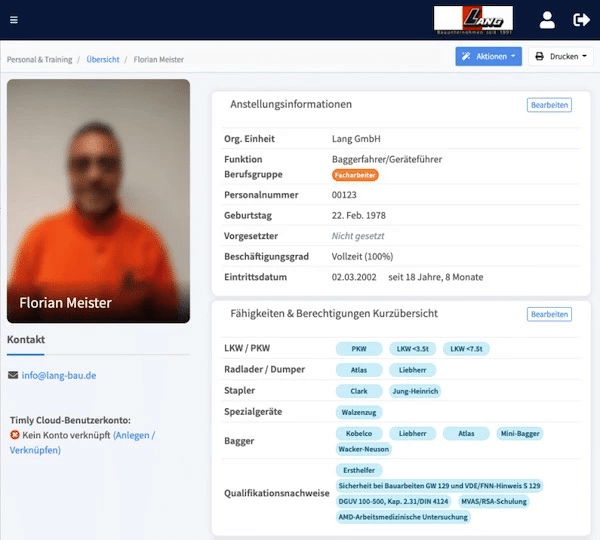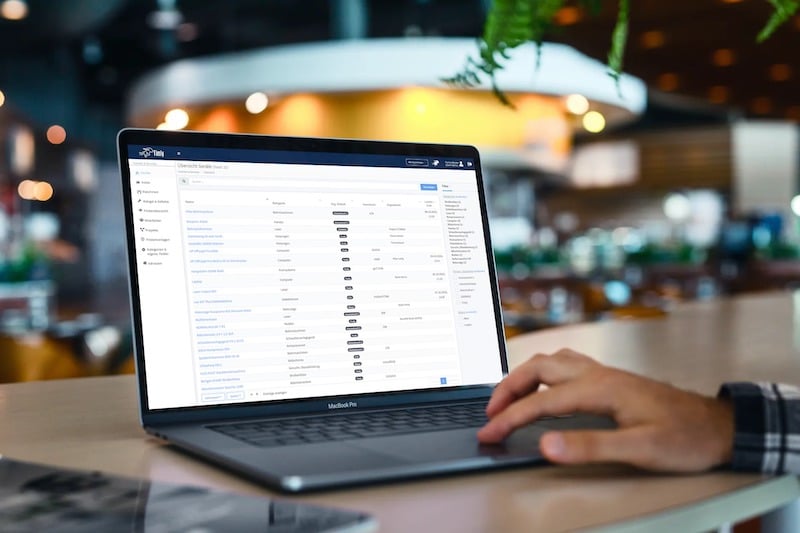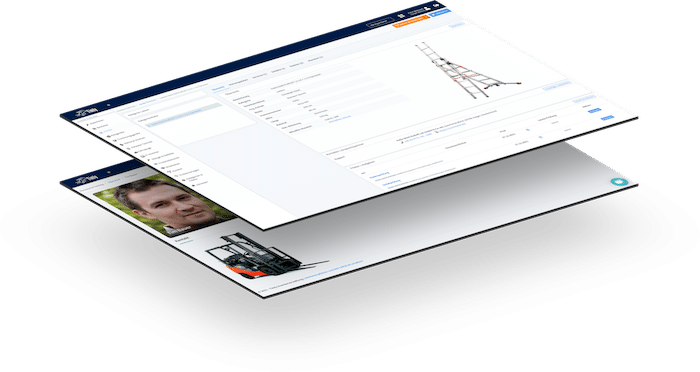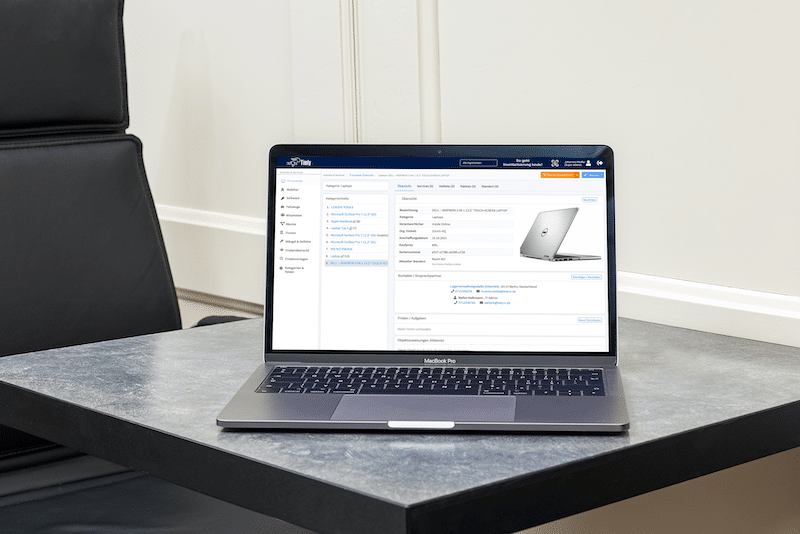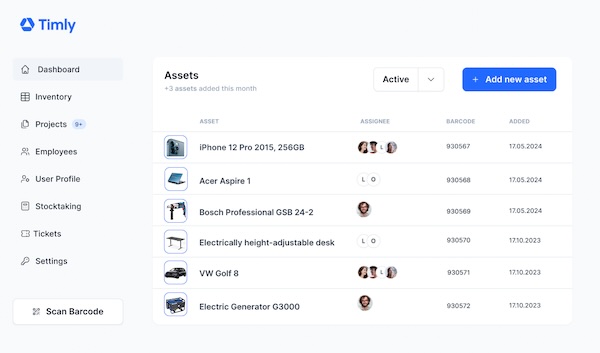
- Understand the importance and benefits of warehouse logistics software.
- Learn how to choose the best warehouse management system (WMS) for your needs.
- Explore the integration of warehouse logistics software with other systems.
- Discover the advantages of cloud-based and mobile app-enabled solutions.
- What Is Warehouse Logistics Software?
- What Is the Importance of Warehouse Logistics?
- What Are Three Key Parts of Warehousing Logistics?
- How to Choose the Right Warehouse Logistics Software
- Benefits of Warehouse Logistics Software
- Integration of WMS with Other Systems
- What is WMS integration?
- What type of warehouse uses automation systems and interconnected technologies?
- Asset Management Software in Use by Our Customers
- Cloud-Based and Mobile Solutions
- How to Implement Warehouse Logistics Software
- Warehouse Logistics Software Pricing
- How to Compare Different Warehouse Logistics Software Solutions
- Use Cases of Warehouse Logistics Software
- Conclusion
- Frequently Asked Questions About Warehouse Logistics Software
What Is Warehouse Logistics Software?
Warehouse logistics software helps you optimize various processes within a warehouse. It ensures all logistics operations run smoothly, from inventory management to order fulfillment. As a result, it reduces the likelihood of errors and improves overall efficiency. It is often also referred to as warehouse management software.
This software manages everything from receiving and storing goods to shipping them out. It helps you save time and cut costs by automating and streamlining these processes. Most tools even offer real-time data and insights. Hence, you can make informed decisions and improve operational efficiency.
What Is the Importance of Warehouse Logistics?
Warehousing acts as the hub where goods are received, stored and dispatched. Efficiently managing warehouse logistics results in a smooth flow of goods, timely deliveries and low operational costs. You can ensure products are available at the right time and location, which leads to higher customer satisfaction and improved profitability.
Without effective warehouse logistics, you can face challenges such as inventory inaccuracies, delayed shipments and increased operational costs.
What Are Three Key Parts of Warehousing Logistics?
Inventory Management:
- Keeping track of stock levels.
- Managing replenishment.
- Ensuring accurate inventory records.
- Monitoring inventory in real-time.
- Setting reorder points.
- Avoiding overstocking or stockouts.
Order Fulfillment:
- Receiving orders.
- Picking the right products.
- Packing them securely.
- Shipping them out to customers.
- Meeting customer expectations.
- Maintaining a competitive edge.
Warehouse Automation:
- Using technology to automate repetitive tasks.
- Automating sorting, packing and inventory checks.
- Increasing efficiency.
- Reducing time and effort.
- Allowing staff to focus on strategic activities.
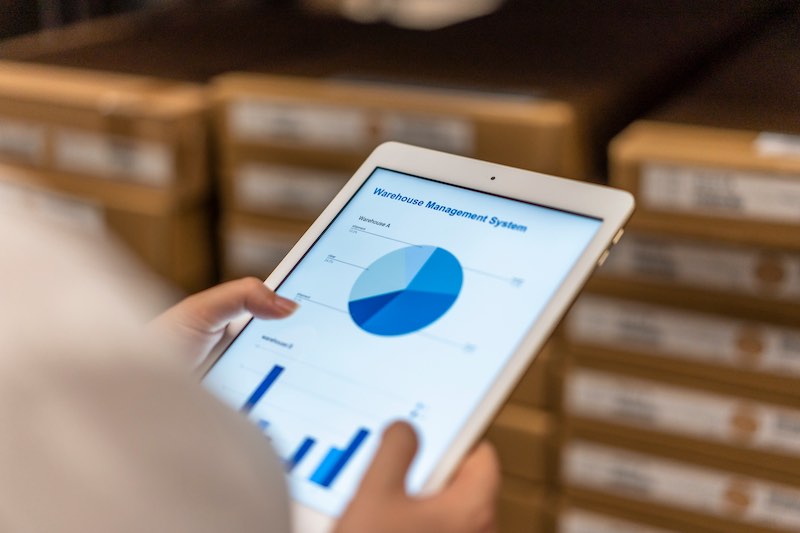
How to Choose the Right Warehouse Logistics Software
When selecting a warehouse management system (WMS), consider the following criteria:
Scalability:
- Ensure the software can grow with your business.
- Handle increased volumes and more complex operations as you expand.
Integration:
- Look for solutions that work with your existing systems (e.g., ERP, TMS).
- Seamless data flow reduces manual entry and minimizes errors.
User-Friendliness:
- Choose software that is easy to use.
- Minimal training reduces time and costs for staff.
Cost:
- Consider the total cost of ownership (implementation, licensing, maintenance).
- Evaluate both upfront and ongoing costs.
Vendor Support:
- Check the level of support offered (training, technical support, updates).
- Good vendor support is crucial for successful implementation.
Benefits of Warehouse Logistics Software
The primary benefit is improved efficiency through streamlined operations. However, the other benefits include:
- Enhanced Inventory Accuracy: Real-time tracking and automated updates reduce discrepancies. Accurate inventory records are crucial for maintaining optimal stock levels and avoiding costly errors.
- Faster Order Fulfillment: Automated processes speed up picking, packing and shipping. Faster order fulfillment leads to higher customer satisfaction and gives your business a competitive edge.
- Better Space Utilization: Optimized storage layouts and tracking improve warehouse space usage. Efficient use of space reduces storage costs and improves overall warehouse efficiency.
- Cost Savings: By reducing errors and improving efficiency, warehouse logistics software leads to significant cost savings. These savings come from reduced labor costs, lower inventory carrying costs and improved order accuracy.
- Improved Customer Satisfaction: Efficient warehouse operations lead to faster and more accurate order fulfillment, enhancing customer satisfaction and loyalty.
Integration of WMS with Other Systems
Integrating your WMS with other software is crucial for streamlining operations and enhancing efficiency.
- Streamlined Operations: Integration helps streamline your warehouse operations. Different systems can work together seamlessly.
- Enhanced Efficiency: Integration boosts overall efficiency. Automated data sharing reduces manual work.
- Unified View: Integrated systems provide a unified view of activities. You get accurate, real-time information across all platforms.
- Accurate Data: Data is updated automatically and accurately. This reduces errors and improves decision-making.
What is WMS integration?
What type of warehouse uses automation systems and interconnected technologies?
Asset Management Software in Use by Our Customers
The Timly software is continuously evolving to meet the needs of our customers. In various success stories, we show you how Timly optimizes processes in companies, thereby saving significant effort. With Timly, inventory management becomes child’s play.

Optimized Device Management With Innovative Self-Inventory
SodaStream is the world market leader for water sparkling systems for domestic use and has a lot of IT equipment at its various locations. Many colleagues now work from their home offices. A digital solution for the efficient management of IT end devices became necessary...
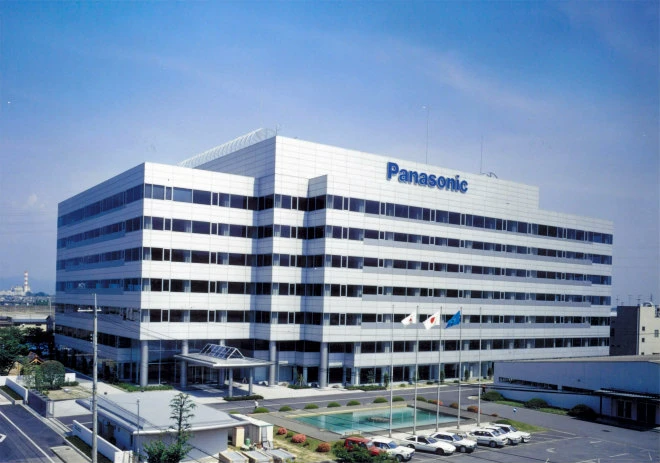
Panasonic x Timly: Driving Technological Innovation
One of the most remarkable aspects of human ingenuity is our ability to innovate. Innovation is embedded in the DNA of consumer electronics giant Panasonic, which has diversified into a number of sectors, from heavy industry to construction...
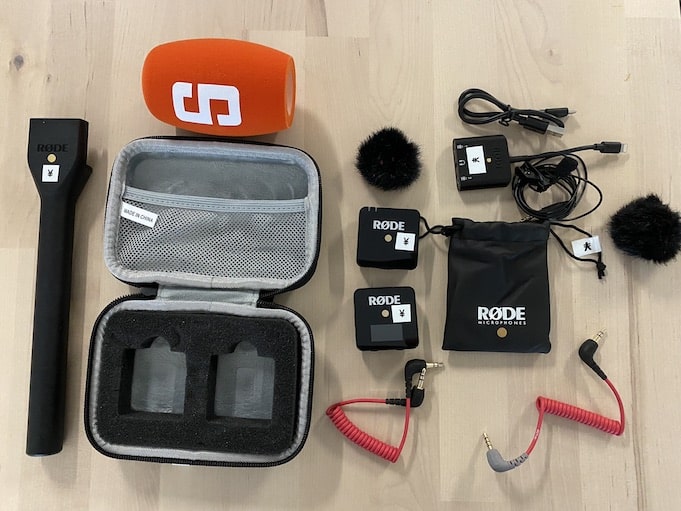
Manage Video Equipment Efficiently Without Much Effort
The Hamburg media company always does outstanding journalistic work and is characterized by independent reporting. In order to maintain journalistic quality, the teams work with highly specialized devices – these need to be managed efficiently...

Smart City Asset Management – Timly in Use at DIGOOH
The core business of DIGOOH Media GmbH in Cologne is to manage digital city light posters (DCLP) for outdoor use in various cities in Germany. The challenge here lies in making the client’s communication message always available at the right time, in the right place...
(No credit card required)
Cloud-Based and Mobile Solutions
Cloud-based and mobile solutions let you access your systems from anywhere with an internet connection. Cloud solutions are affordable and grow with your business. Mobile apps provide real-time updates and help staff work efficiently, reducing errors.
Let us look at the benefits they offer individually.
Cloud-Based Solutions
- Flexibility and Scalability: You can access your systems from anywhere with an internet connection. This makes it easy to manage and monitor warehouse operations remotely. It’s especially useful for businesses with multiple locations or managers who need to stay connected while traveling.
- Lower Upfront Costs: Cloud-based solutions usually have lower upfront costs compared to traditional systems. You pay a subscription fee based on your needs, which is often more affordable. These solutions also include automatic updates and maintenance, so your IT team has less work to do.
- Ease of Scaling: As your business grows, your warehouse needs will change. Cloud-based solutions can easily scale to handle increased volumes and more complex operations. This ensures that your software will keep up with your business growth and maintain consistent performance.
- Enhanced Collaboration: Cloud-based systems improve teamwork by providing a unified platform with real-time data and updates. This helps team members work together more effectively and make decisions faster.
Mobile Solutions
- Accessibility on the Go: Mobile apps let your warehouse staff manage tasks from anywhere. They provide real-time updates and allow staff to handle inventory checks, order picking, and shipping directly from their mobile devices.
- Real-Time Updates: Mobile apps keep your team informed with the latest information. For example, when a new order arrives, the app can notify staff immediately, so they can respond quickly.
- Enhanced Productivity: Mobile devices boost staff productivity. Staff don’t need to return to a central workstation for data entry or inventory checks, so they can complete tasks more efficiently.
- Error Reduction: Mobile apps often include features like barcode scanning and voice recognition. These tools help reduce errors in data entry and order processing, leading to more accurate inventory management and order fulfillment.
- Employee Satisfaction: Giving staff modern tools that simplify their jobs can improve their job satisfaction and morale. Happier employees are more productive and provide better service to customers.

How to Implement Warehouse Logistics Software
- Needs Assessment: Identify what you need and want from the software. Understand your current warehouse operations, find areas that need improvement, and set clear goals.
- Vendor Selection: Research and choose a software vendor that fits your needs. Look at factors like functionality, cost, support, and how well it integrates with your other systems.
- Planning: Create a detailed plan for implementation. Include timelines, resources, and responsibilities. Good planning is essential for a smooth and successful rollout.
- Training: Train your staff to use the software effectively. Cover all aspects, including how to perform tasks and troubleshoot common problems.
- Testing: Test the software thoroughly to ensure it works as expected and integrates well with your existing systems. This helps find and fix issues before going live.
- Go Live: Launch the software and keep an eye on its performance. Be ready to address any issues that come up during the initial rollout.
- Continuous Improvement: Regularly review and update the software to meet your evolving needs. Stay current with updates and look for ways to keep improving your warehouse operations.
Warehouse Logistics Software Pricing
When evaluating the cost of warehouse logistics software, consider both the initial investment and the total cost of ownership. This includes costs for implementation, training, maintenance and support. Also, consider the potential cost savings and return on investment (ROI) that the software can provide through improved efficiency and reduced errors.
How to Compare Different Warehouse Logistics Software Solutions
- Functionality: Ensure the software meets your needs and can handle your warehouse operations. Look for features like inventory management, order fulfillment, and automation.
- Ease of Use: A simple and intuitive interface reduces training time and cost. It also ensures the software is used effectively.
- Integration: Choose software that can integrate with your existing systems, such as ERP, CRM, and TMS. Integration streamlines operations and improves data accuracy.
- Cost: Compare costs, including upfront costs, ongoing fees, and potential savings. Consider the ROI and benefits of each solution.
- Vendor Support: Evaluate the support offered by the vendor. This includes training, technical support, and regular updates. Good vendor support is crucial for successful implementation.
Use Cases of Warehouse Logistics Software
- Company A: A large e-commerce retailer can leverage warehouse logistics software to improve their order fulfillment. The software can reduce picking errors, speed up order processing, and boost customer satisfaction.
- Company B: A global manufacturer can use warehouse logistics software to manage their inventory across multiple locations. It provides real-time visibility into stock levels, helping avoid stockouts and overstocking.
- Company C: A third-party logistics provider (3PL) can implement warehouse logistics software to improve their warehouse operations. The software automates repetitive tasks, cuts labor costs and increases overall efficiency.
Conclusion
Transform your operations and drive growth with warehouse logistics software. By understanding its key benefits and selection criteria, you can make an informed decision and choose the best solution for your needs. Embrace the future of warehousing and stay ahead of the competition.
Streamline your operations, reduce errors, and boost efficiency with the right warehouse logistics software. Whether you run a small business or a large enterprise, investing in these tools helps you stay competitive in today’s fast-paced business environment.
Book a free no-obligation online meeting where we walk you through how Timly can help you manage your warehouse logistics seamlessly.
Frequently Asked Questions About Warehouse Logistics Software
What Is Warehouse Logistics Software used for?
What are the Key Parts of Warehousing Logistics?
Book an online demo - free and without obligation - or create your free trial account directly.






